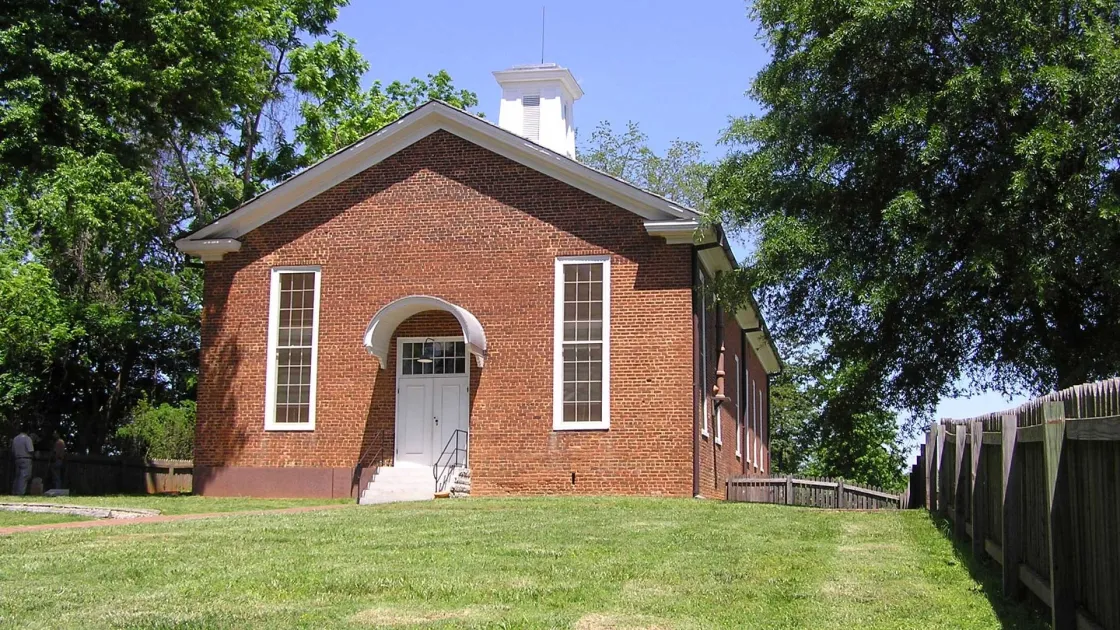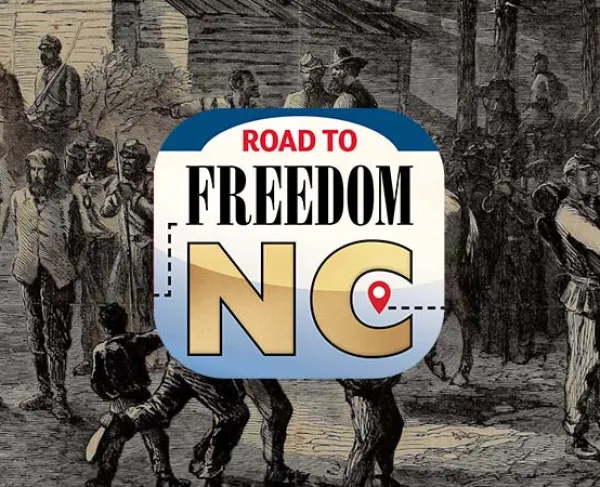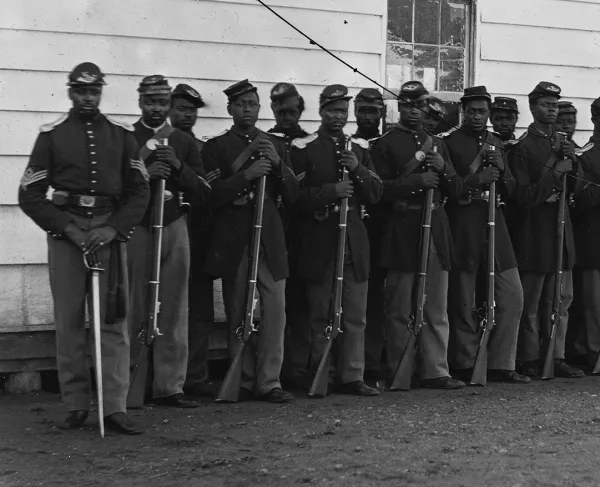St. Philips Moravian Church
North Carolina
3002 Bon Air Avenue NE
Winston-Salem, TN 27105
United States
This heritage site is a part of the American Battlefield Trust's Road to Freedom: North Tour Guide app, which showcases sites integral to the Black experience during the Civil War era. Download the FREE app now.

St. Philips Moravian Church’s history recalls how Moravians moved away from spiritual equality with Salem’s enslaved and free Black community, but also tells of the resilient African American congregation that grew in this place.
The Moravians, a German Protestant group who lived communally and, in 1732, sent missionaries to enslaved Africans in the Caribbean, founded Salem in 1766. Soon the church was both buying enslaved African Americans and welcoming Black people who joined in their worship as spiritual equals. By the early 1800s, the basic inequalities of slavery led Salem’s Moravians to treat Black people unequally in their church, including segregated burial.
In 1822, the Moravians formed a separate African Church as a missionary congregation with English services led by a white pastor. 30 African Americans built a log church in 1823, which became a center of Black life in Salem, with more than 80 people attending regularly and connecting them to surrounding communities and churches. After some 300 Black people gathered at the church in 1835 to mark the anniversary of the Moravian mission to enslaved Africans in the Caribbean, fearful whites limited future gatherings of the enslaved.
A brick structure replaced the log church in 1861. Today it stands as the oldest Black church building in North Carolina. Here on May 21, 1865, a Union chaplain read “General Orders 32” announcing freedom to Salem’s enslaved. In the 1870s, an African American temporarily led the congregation. Beginning in 1872, they asked to move across the creek to a free community known as Happy Hill, but white Moravians continued to lead the church in this building until the mid-1900s. They took the name St. Philips in 1914.
St. Philips finally moved to Happy Hill in 1952, only to be displaced by highway construction in the 1960s. The congregation returned to worship regularly in this historic building in 2019. A year later, longtime member Myrtle Curry died. She became the first St. Philip’s member buried in God’s Acre cemetery, where seven Black Moravians were laid to rest before segregated burials began after 1813. Her gravestone reads “And Still I Rise.”
Know Before You Go
Old Salem Museums & Gardens provides tours of the St. Philips African African Complex, including the reconstructed 1823 African Moravian Log Church, the 1861 Brick Church and Sunday School Addition, Strangers' God's Acre (1775-1815), Negro God's Acre (1816-1859), and the Path to Happy Hill Overlook.




